Companion planting involves growing plants that benefit your garden crops in a symbiotic combination. Some companions repel pests with their scent, while others attract pollinators and beneficial predatory insects. But there is one unique type of companion planting you may be wary or unaware of—using trap plants. Also known as trap cropping, these plants are sacrificial plantings used to lure pests away from your important crops.
But once the aphids and beetles are covering your trap crops, what do you do with them? This is where a lot of gardeners make mistakes. Let’s dig into the science and practicality of using trap crops in your garden. This article will ensure your trap plant strategy works for you rather than against you.
The Short Answer
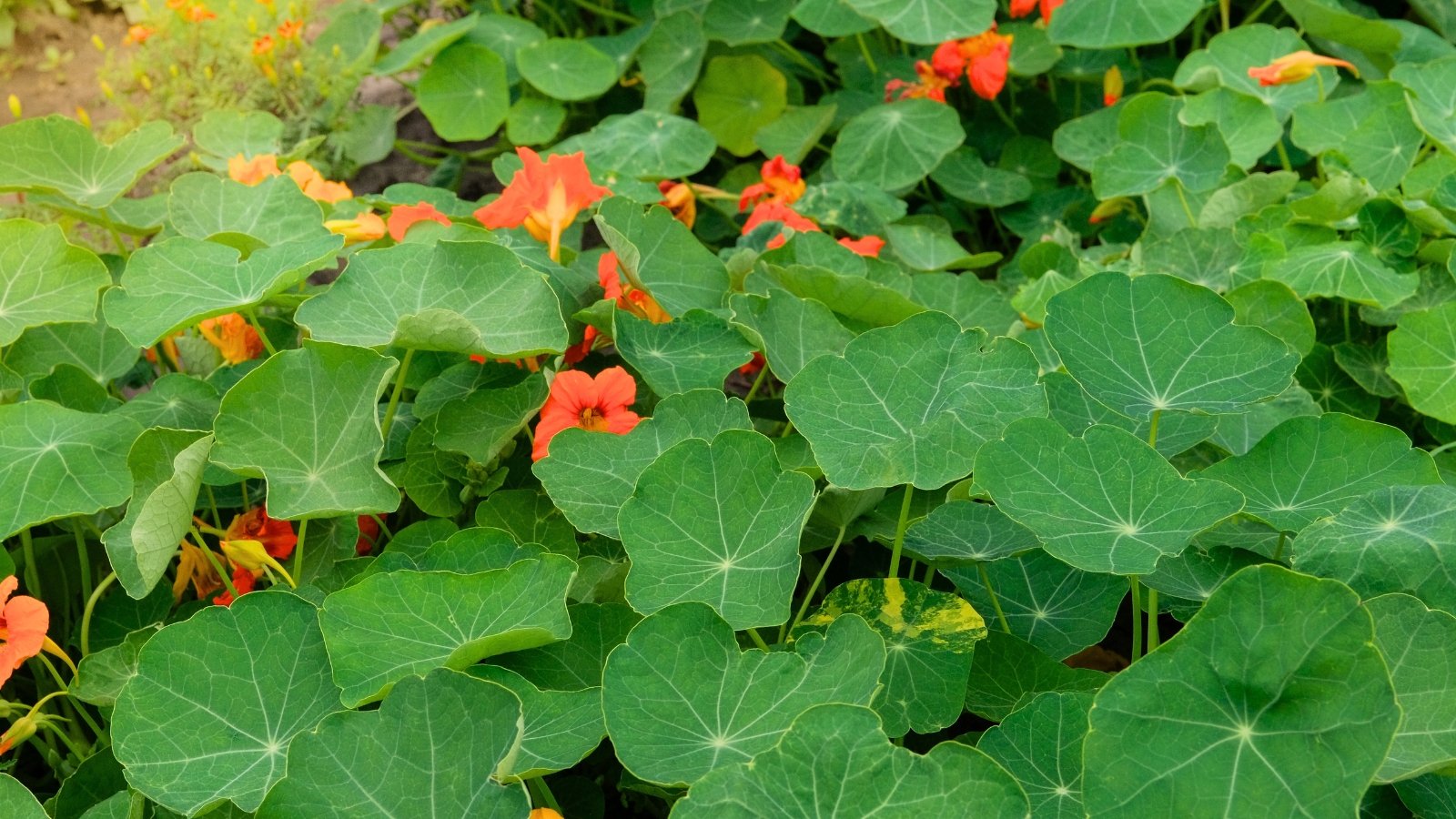
Trap plants are sacrificial groups of plants grown specifically to lure pests away from your crops. They distract pests so insects are less likely to eat your garden crops. After the trap plant insectary is attacked by pests, it must be destroyed in order to prevent further spread.
Science proves that trap cropping can be very effective if employed properly. However, there are no specific recommendations for species, pests, timing, and execution. This pest management method requires experimentation and monitoring. It can be disastrous if poorly executed.
The right trap species depends on the target pest and the crop you want to protect. For example, radishes are a common trap crop for luring flea beetles away from young brassicas like kale and broccoli. Similarly, nasturtiums are a key trap plant for luring aphids away from other tender vegetables and flowers. Nasturtiums are super easy to grow and readily destroyed. Better yet, their blossoms attract beneficial bugs to dine on the pests.
The Long Answer
It may seem strange to plant something specifically to attract pests. We want less pests in the garden, right? Trap cropping is a clever strategy often used in Integrated Pest Management (IPM) on organic farms. This is technically a form of companion planting because it uses diverse species to enhance the overall growth of vegetables and fruits. By sacrificing a cheap, easy-to-grow trap species, you can save your valuable crops from infestations.
The concept is simple:
- Grow a sacrificial plot of an easy-to-grow plant that pests love (like radishes or nasturtiums)
- Lure pests away from your important crops
- Let the pests eat the trap plants
- Either destroy the trap planting or treat it with an organic spray like neem oil
- Your other crops are spared from damage and insect sprays
- You control pests without harming beneficial insects
It is easy to integrate into your garden as long as you understand a few basic ways to avoid common pitfalls. Here is everything you need to know about trap crops and how to make them work.
Science of Trap Cropping
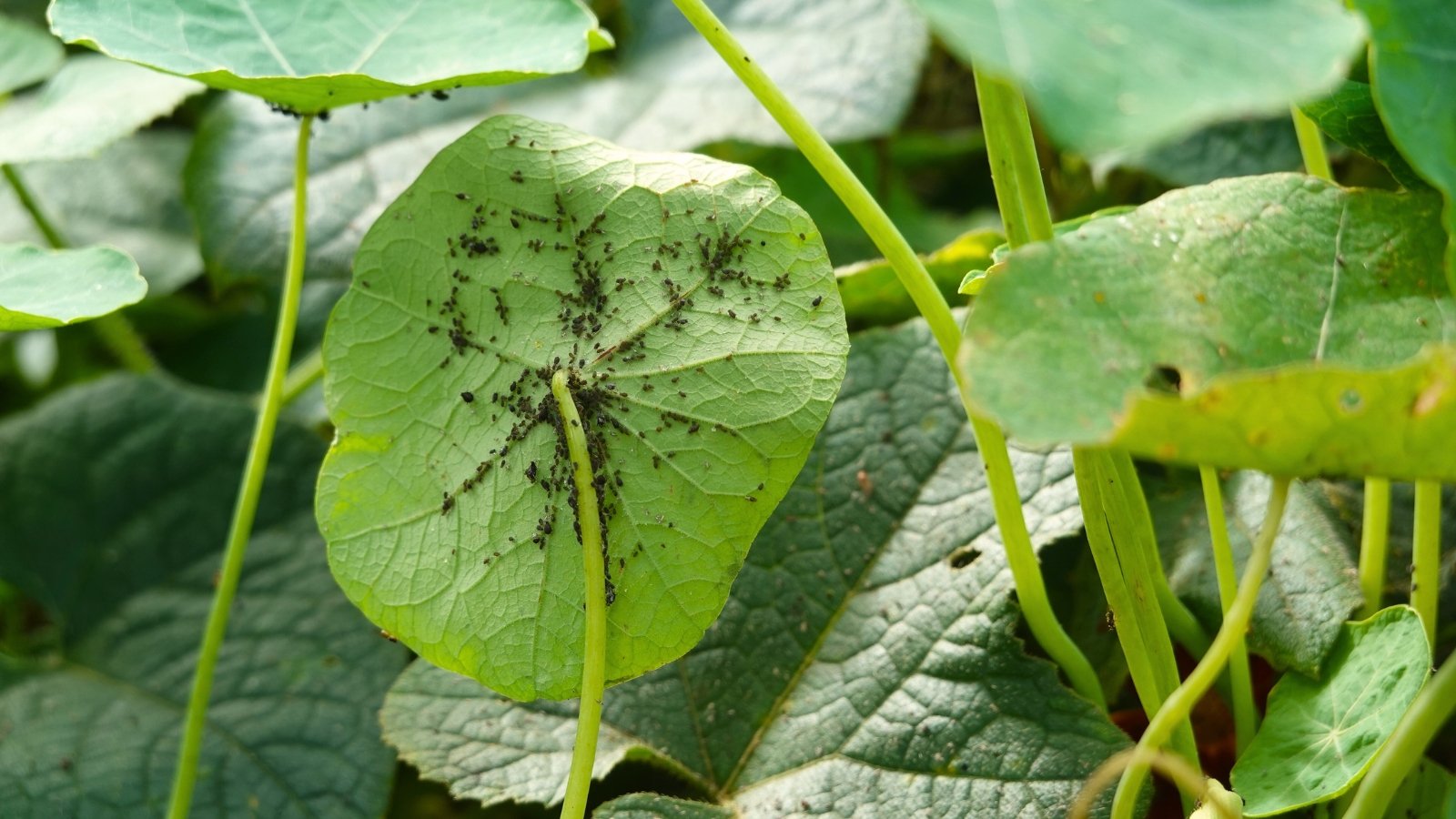
Trap crops have a long history of research, but the jury is out on how effective it can be. One study found that mustard greens, Chinese cabbage, and arugula were effective trap plants for brassicas. Another study found that using alternative host plants can reduce pest pressure only if the pests are properly dispersed from the trap plant. This means that destroying or spraying the trap plant is essential for success!
Researchers also found that planting trap plants close together can be detrimental to pest management. This could be because large parts of the garden are left open for the insects to run rampant. The sacrificial plants must be interspersed among your desired crops.
What Should I Grow?
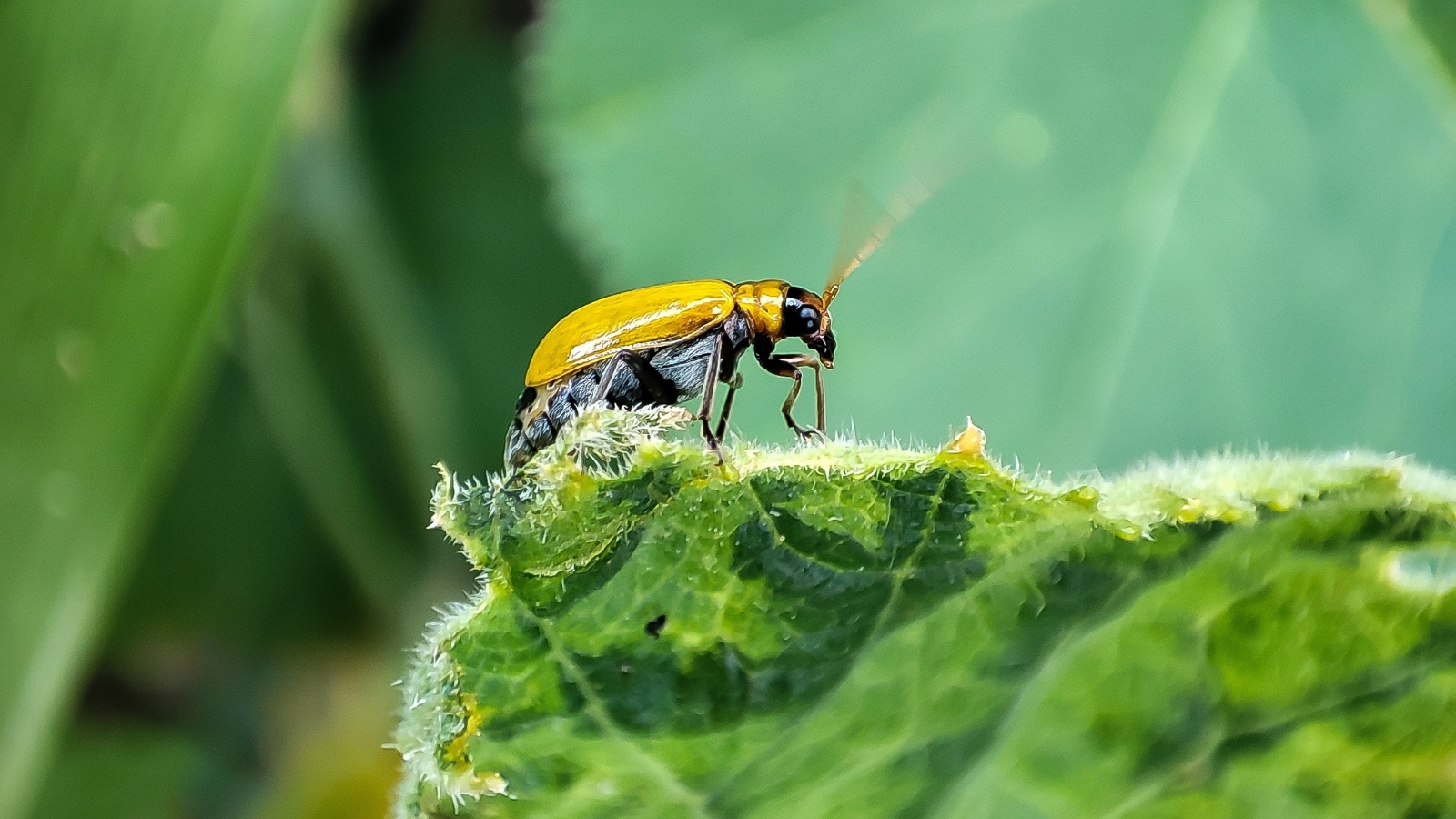
Choosing the right trap species is nuanced. First, you must identify the pest you’re trying to deter. For example, if you repeatedly have issues with flea beetles on your brassicas, consider what plants draw the most flea beetles. You may notice that the beetles attack radishes sooner than broccoli. This is a good indicator that radishes might be an effective trap to deter flea beetles from your broccoli!
You can use this same reasoning for any plant in your garden. When deciding what trap crop to grow, consider these key questions:
- What is the target pest? (Example: cucumber beetles)
- Where is the primary damage? (Example: on leaves at the far edge of the garden)
- What crop is the pest attacking? (Example: cucumbers and zucchini)
- Where do I see lots of this pest? (Example: the beetles are also drawn to pumpkins)
- Is the trap species in the same family? (Example: cucurbit pests mostly stick to cucumber-family crops but sometimes attack species in other plant families, such as nasturtiums)
- Are seeds for the trap plant inexpensive? (Example: You may plant specialty cucumber seeds as your “main crop” and find cheap, lower-quality pumpkins to use as the trap)
This reasoning should help you narrow down one or a few trap plant options. In the example, cheap pumpkins are a clear choice because they grow quickly and are easy to sacrifice while small.
Science-Backed Plant Combos
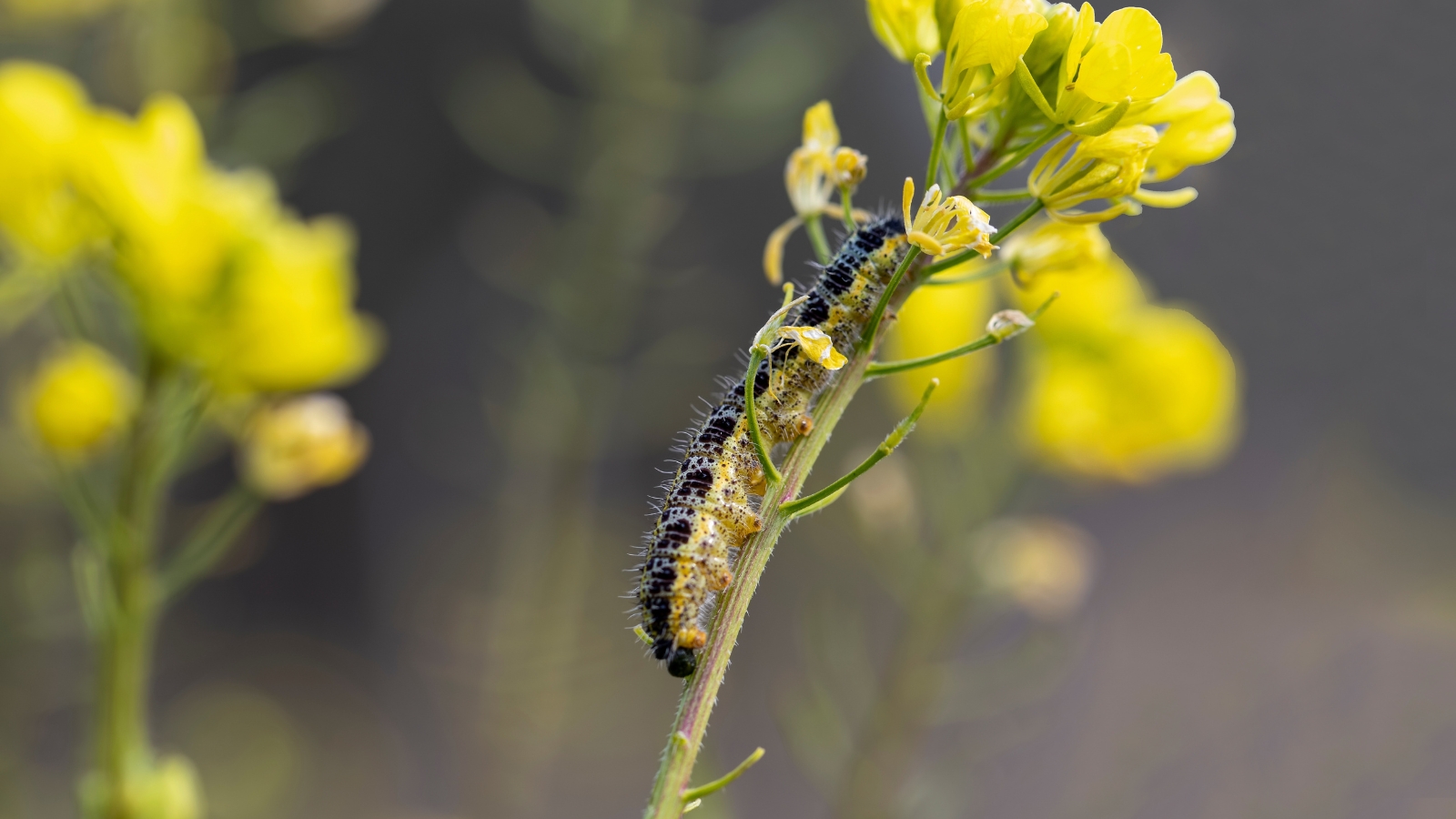
Unfortunately, experimentation is necessary because the research isn’t super clear. Due to the complex and ever-changing dynamics of different growing systems, it’s hard to pinpoint whether or not specific crops have a major impact on pest pressure. Every crop and garden is different!
To make matters more difficult, the trapping strategy is typically combined with many other efforts like companion planting, floral insectaries, and pest deterrents. Which one is really working the magic?
Still, some research demonstrates success with specific plant combinations. One study found that these combos were helpful for deterring plants from the target crop:
| Trap Plant | Target Crop | Insect Pest |
| Nasturtium | Most vegetables | Aphids |
| African marigolds | Tomatoes | Cotton bollworm |
| Arugula | Tomatoes | Lygus bugs |
| Alfalfa | Lettuce | Tarnished plant bug |
| Buckwheat | Onion | Thrips |
| Mustards | Cabbage | Cabbage moth |
| Summer squash | Beans | Whiteflies |
| Sunflower | Bell peppers | Stink bugs |
Observation and Experimentation
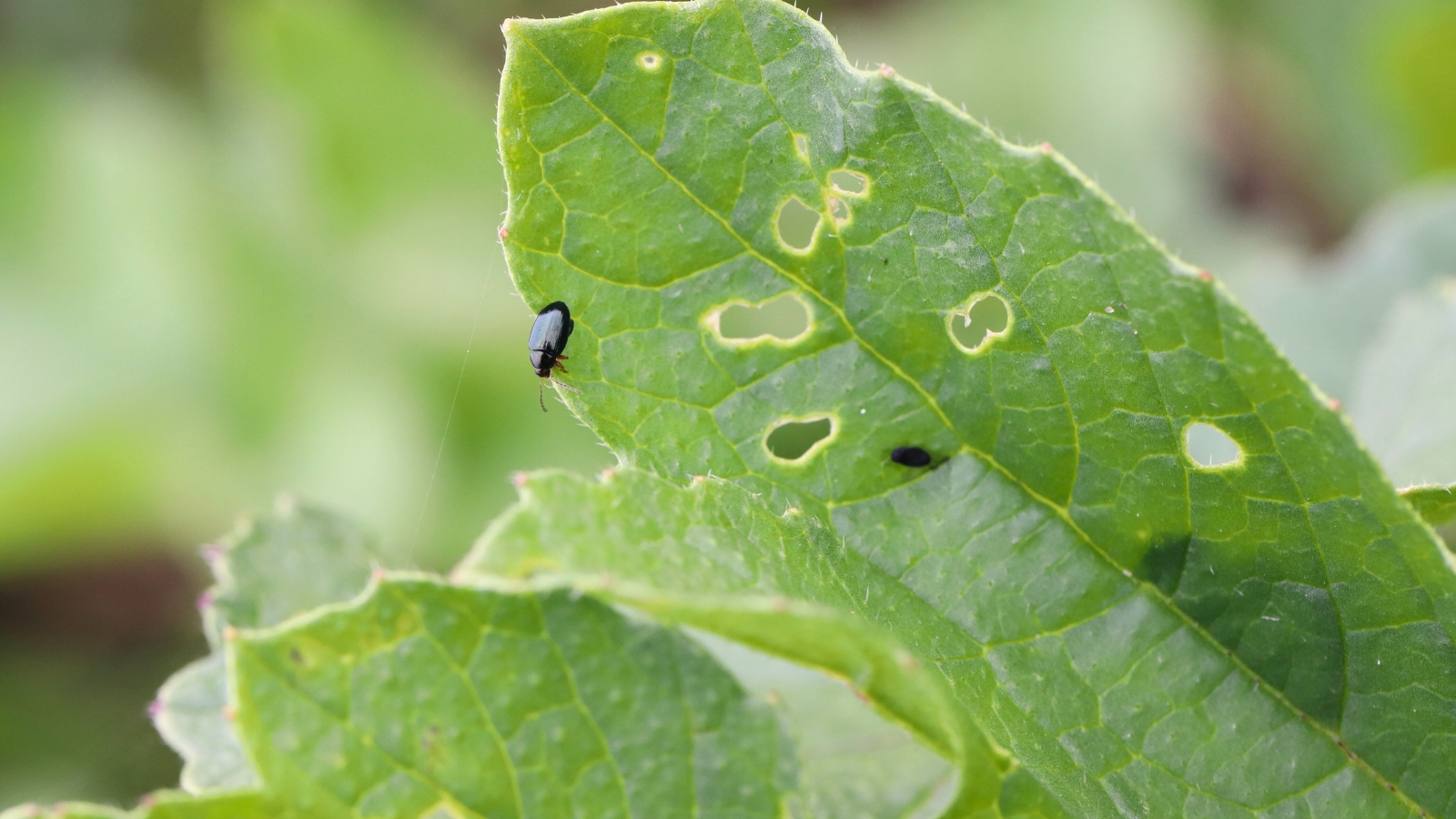
As an organic farmer who used trap cropping, I must emphasize that observation is the most important skill. The internet can recommend all sorts of combinations, but you won’t know what works in your garden until you pay attention.
Thankfully, sitting in the garden watching bugs is fairly relaxing. It helps you get more in tune with your plants and the life cycles of the pests. When you watch the bugs feed and hop around, you can easily find what plants they like the most. Generally, a plant that magnetizes a ton of bugs (and is cheap to grow) makes the best trap plant.
It is also helpful to ask neighbors or search online for specific traps that work in your area with your specific crops.
How Close Should I Plant ?
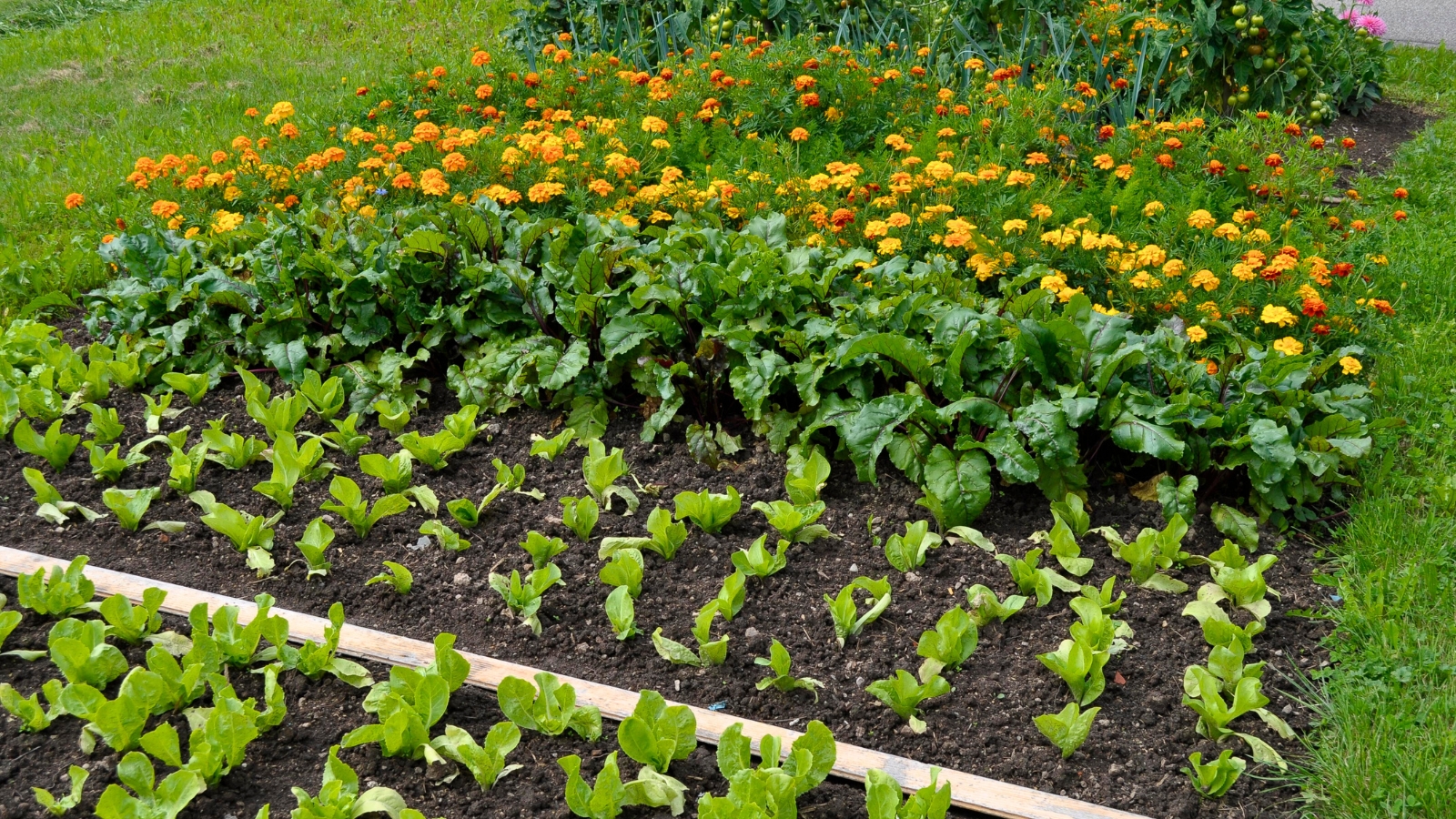
Most insects prefer to take the path of least resistance. If there is a lot of food concentrated in one area, why would they put in the energy to fly elsewhere? You must plant your trap species close enough to your crop to lure away the pest.
However, you don’t want to plant too close, or the insects will just hop between the trap and the main crop. Research at the University of Missouri found that it’s most effective to plant traps 3-8 feet from the crop you wish to protect. This sweet spot ensures that the insects can still smell the sacrificial plants, luring them away from your important ones.
Transplant or direct seed the trap species around the corners of a bed or off to the side. Don’t take up valuable space in your raised beds with trap crops! Instead, plant the sacrificial species in poorer soil on the side of the garden.
How Does The Method Work?
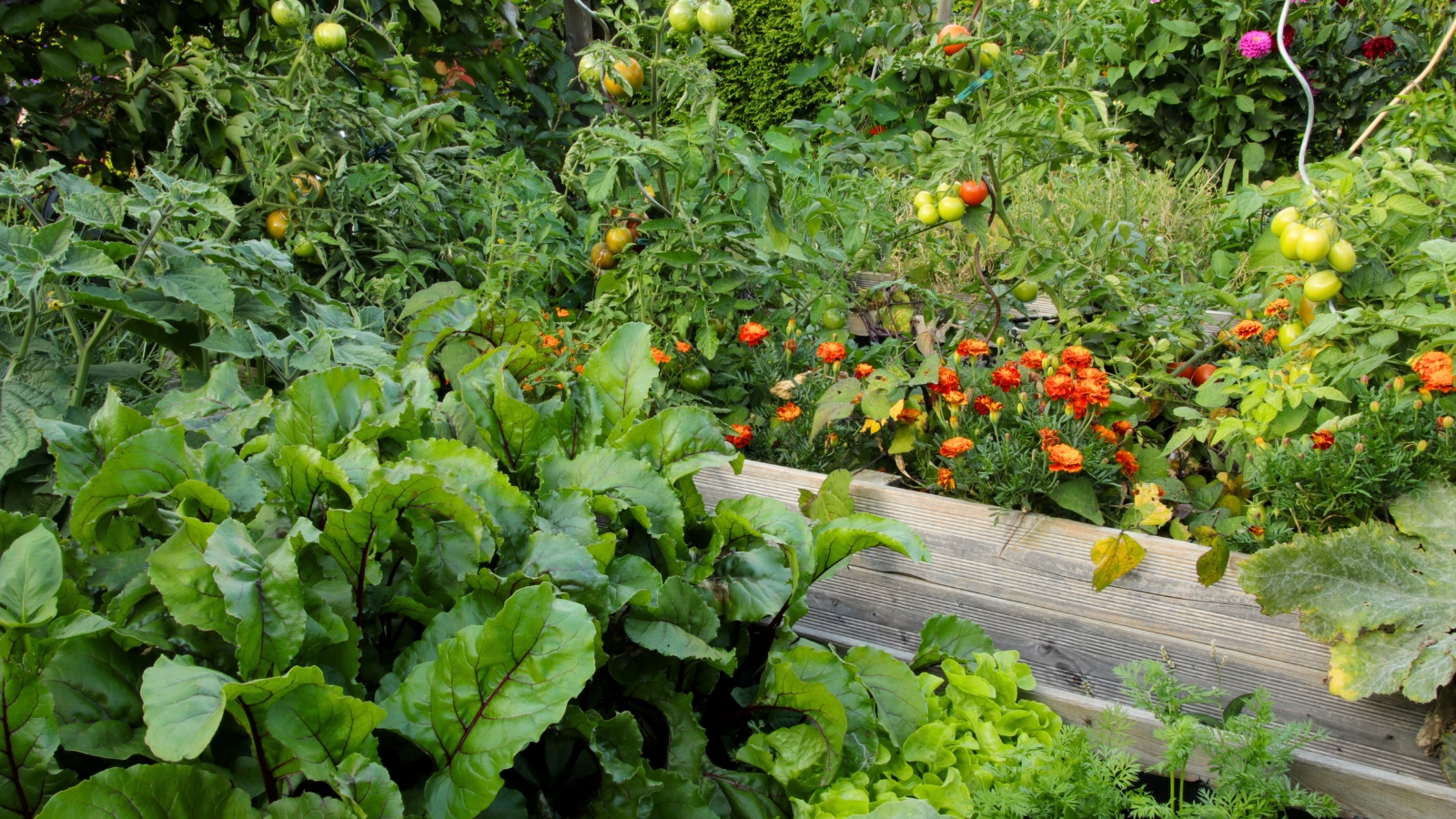
Sacrificial plants lure insect pests away from your main crop. The pests feed on the trap plant instead of your valuable vegetables. Once populations increase, you must spray or destroy the trap plant to complete the management cycle.
Once you’ve chosen the right trap species, here is how to make this method work for you:
- Plant the trap in the garden 1-3 weeks before your main crop, depending on the species.
- The sacrificial plants should be larger and older than your vegetables.
- Seed or transplant the sacrificial species within 3-8 feet of your main crop.
- Optionally, use extra protection for your main crop, such as row cover. If the plants are covered, the pests are more likely to go over to the “easy food” and devour the trap crop.
- Allow pests to infest the sacrificial plants.
- Monitor your main crop for signs of damage.
- Remember, not every single insect will go to the trap. A mental threshold of damage is helpful. For example, you may be OK with ¼ of your arugula leaves having holes.
- Notice if the pest is breeding. Become familiar with identifying its eggs or nymphs on the trap species.
- Check the area every few days. Some bugs replicate rapidly, while others take a week or so to do their damage.
- Once the trap plant is moderately to heavily infested, decide how to destroy it.
- Don’t forget to destroy it!
How and When Do I Destroy the Trap Plant?
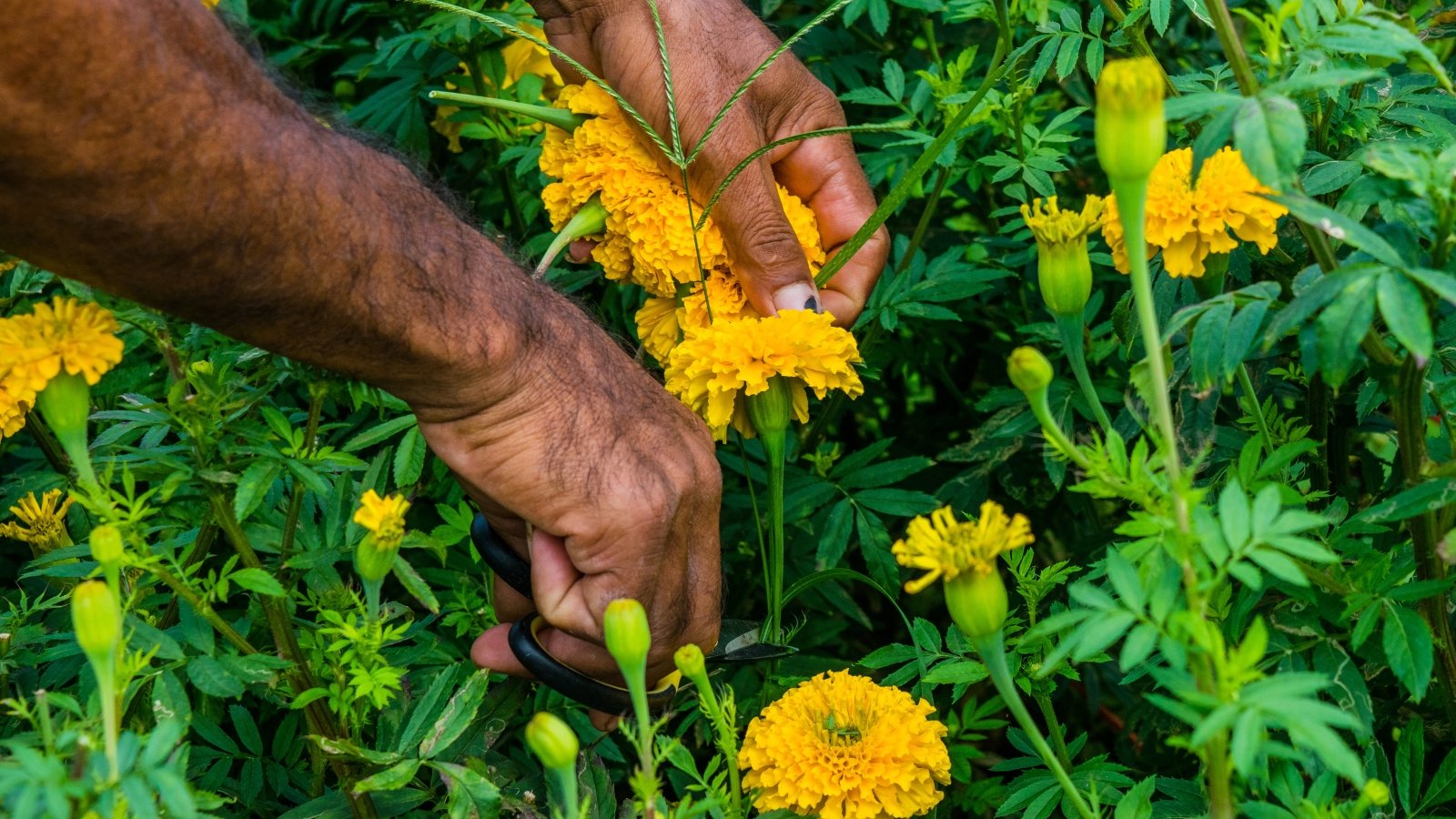
Pay attention, because this is where the most mistakes are made! The most important step of trap cropping is the destruction phase! If you don’t kill the trap plant or eradicate the pest, you can inadvertently create a hub for more insect breeding. A forgotten trap plant becomes a safe haven for bugs, which creates more pest problems instead of reducing them!
The best ways to destroy an insectary trap include:
- Yank the whole plant out and throw it in the trash. It is helpful to cover with a trash bag to prevent bugs from flying away.
- Spray the sacrificial plants with neem oil or horticultural oil.
- Lay a black tarp over the sacrificial area to smother the insects. Secure the edges well.
- Dust diatomaceous earth on the infested plant. This method only works in dry weather. Wear a face mask to avoid inhaling the powder.
- Apply an organic insecticide like Pyganic or Bt. If the trap plant has blooms, only apply early in the morning or at night to avoid hurting pollinators.
- For aphids or tiny pests, use a heavy blast of water, then remove the trap plant.
Do not compost the infested plants! They must go in the trash to properly rid your garden of insect pests.
The Verdict: Trap Planting Can Work if You Properly Monitor and Destroy Them
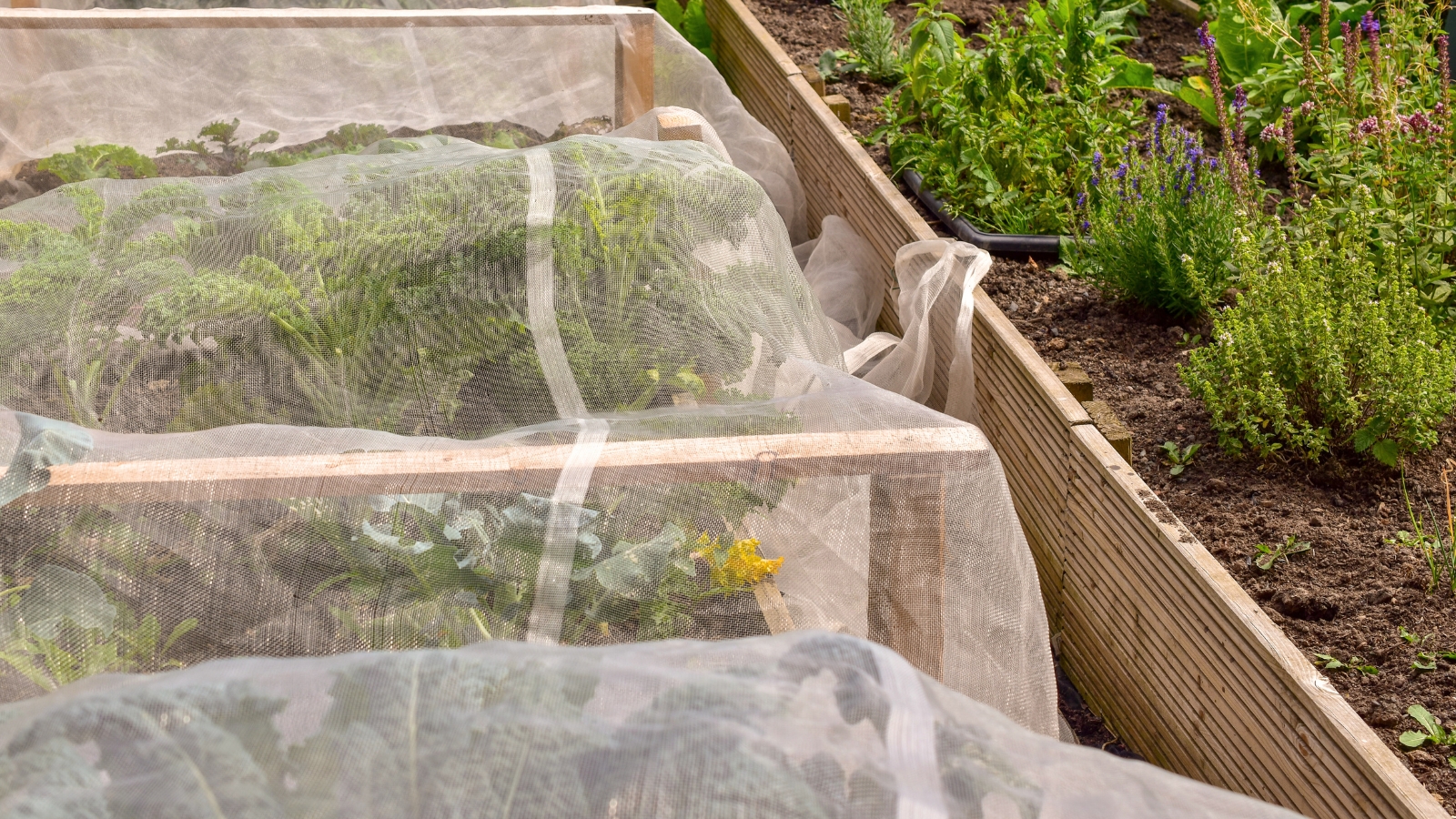
For many gardeners, this method is too laborious and intensive. It requires a lot of experimentation, observation, and research. You must understand the target pest’s lifecycle and use the right plants to lure it away from your vegetables. Most importantly, you must set a reminder to destroy the trap. Failure to destroy infested areas can cause major pest issues in your garden!
Personally, I prefer other less laborious methods of insect pest management, such as:
- Attracting beneficial predatory insects
- Using row fabric to protect young seedlings
- Interspersing a diversity of crop species so it’s more difficult for pests to find plants
- Installing predatory beetle bank habitat
- Interplanting with white alyssum, yarrow, dill, etc.
- Growing large flower resources near the garden
- Using insect netting
Final Thoughts
Trap plants are basically just disposable species meant to lure pests away from your important crops. This pest management method can work, but it requires a lot of monitoring and knowledge. You may be better off using physical deterrents like row fabric and insect netting or applying a diluted neem oil solution to concentrated infestations.

